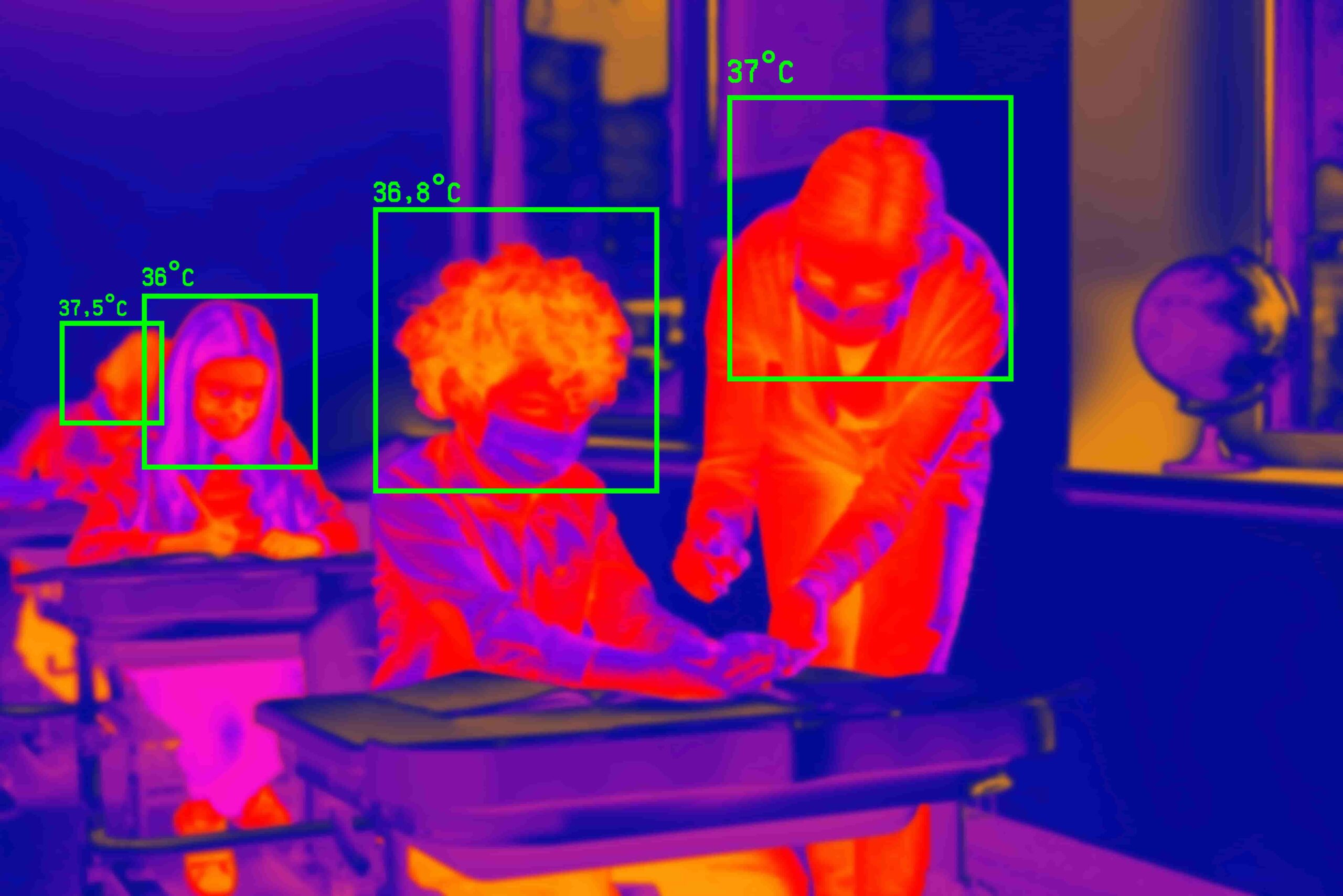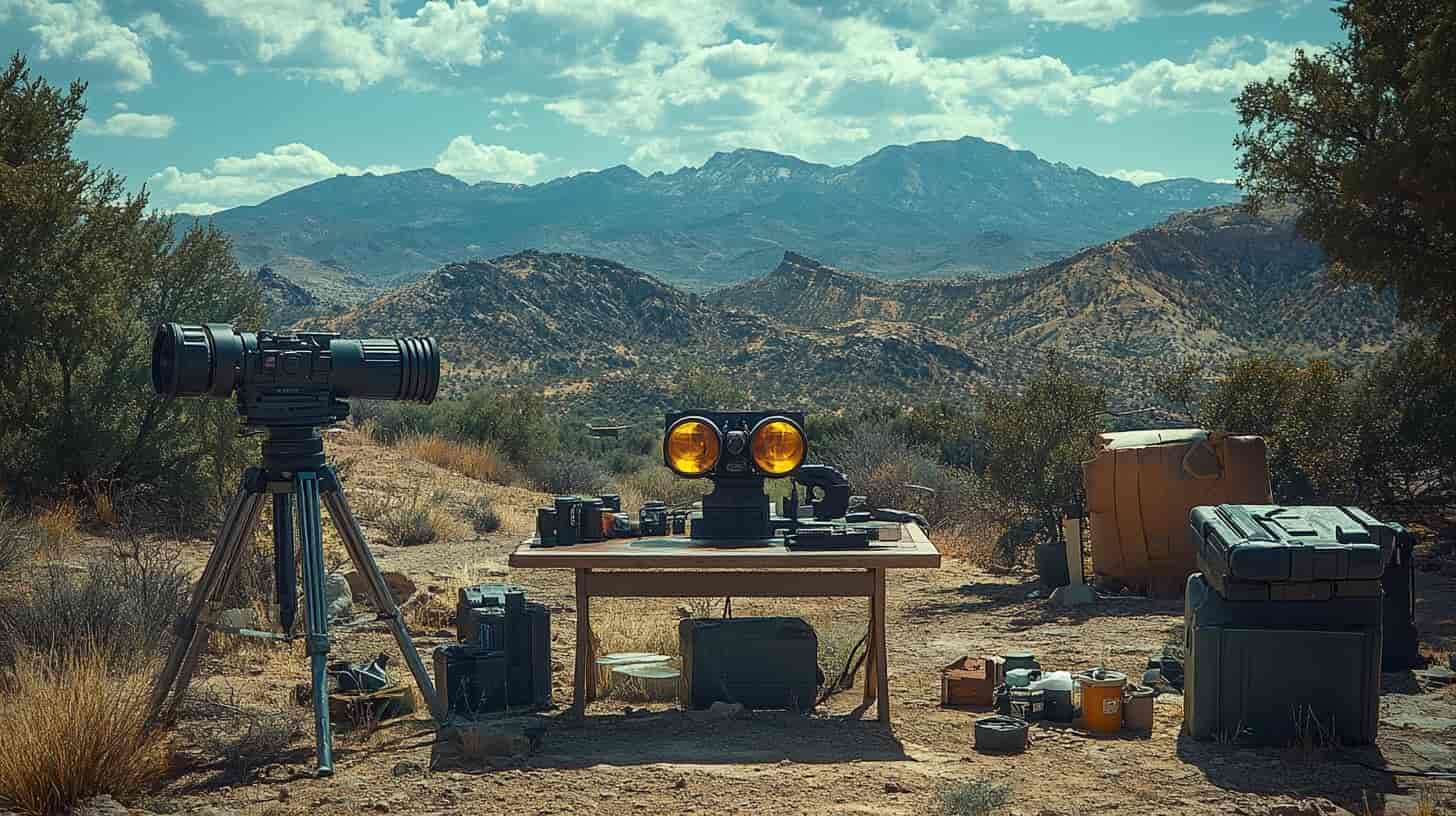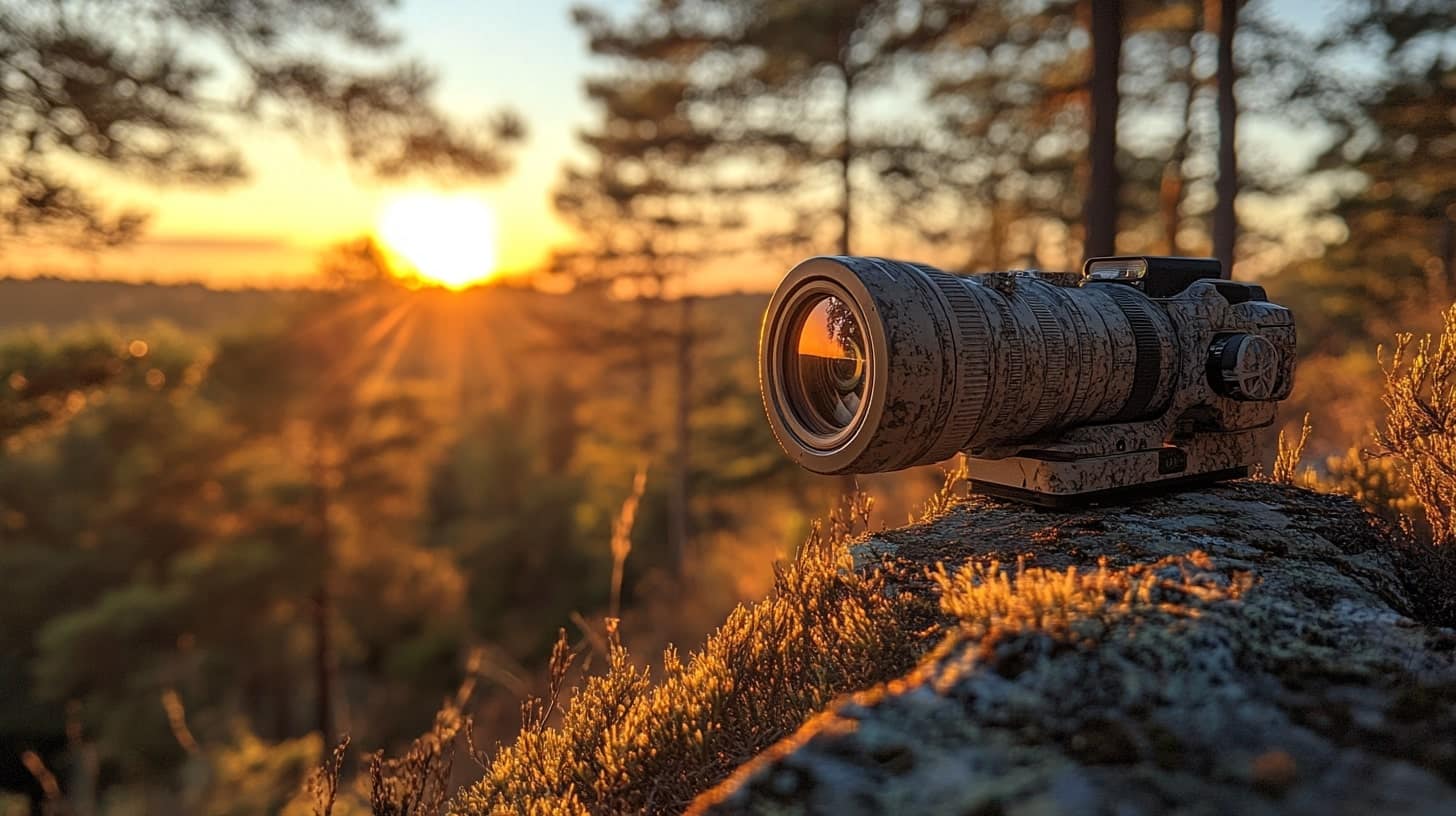Venturing into the wilderness at night, surrounded by the symphony of nocturnal creatures, is an exhilarating experience for hunters and outdoor enthusiasts alike. However, navigating and hunting in the dark presents unique challenges. Enter night vision thermal optics—a technological marvel that has changed the game for hunters. This blog post explores the fascinating evolution of night vision technology, unveiling its profound impact on the world of hunting. Whether you’re a seasoned hunter, an outdoor enthusiast, or a technology buff, you’ll find valuable insights and practical tips in this comprehensive guide.
A Glimpse into the Night The Importance of Night Vision in Hunting
For centuries, hunters have sought ways to enhance their vision in low-light conditions. Traditional hunting techniques relied heavily on moonlight or simply waiting until dawn. However, these methods often proved inefficient and hindered success. Night vision technology emerged as a beacon of hope, turning the dark into an opportunity rather than an obstacle.
The ability to see clearly in the dark not only improves hunting efficiency but also enhances safety. Spotting potential hazards or wildlife early can prevent accidents and ensure a successful hunt. Furthermore, night vision opens the door to a whole new world of nocturnal wildlife, offering hunters a chance to observe and interact with creatures rarely seen during daylight hours.
This post will guide you through the evolution of night vision technology, its applications in hunting, and future prospects, ensuring that you gain a deeper understanding of this revolutionary tool.
From Green to Thermal Historical Overview of Night Vision Technology
Night vision technology has come a long way since its inception. The initial attempts at enhancing night vision can be traced back to World War II when the first generation of night vision devices was developed. These early devices relied on infrared illumination and were bulky and cumbersome, yet they marked the beginning of a revolutionary era.
The 1960s and 70s saw significant advancements with the introduction of the second generation of night vision devices. These utilized image intensification, amplifying available ambient light to create a visible image. It was a game-changer for military operations and soon captured the interest of hunters and outdoor enthusiasts.
Fast forward to the 2000s, thermal imaging technology burst onto the scene, offering a new dimension to night vision. Unlike image intensification, thermal optics detect heat signatures, allowing users to see through darkness, fog, and even foliage. This advancement transformed hunting, providing hunters with an unparalleled advantage in spotting elusive game.
Unveiling the Heat The Science Behind Thermal Imaging
Thermal imaging is a cutting-edge technology that enables the detection of heat emitted by all objects. It works by capturing infrared radiation, which is invisible to the naked eye, and converting it into a visual image. This allows hunters to perceive their surroundings in terms of temperature variations, effectively revealing hidden animals and obstacles.
The core element of a thermal optic is the infrared sensor, which detects minute differences in temperature. These sensors are highly sensitive and can identify heat signatures from great distances, making them an invaluable tool for hunters in low-light conditions.
The processing unit within the device interprets the data captured by the sensor, creating a thermal image that hunters can view. The image typically appears as a grayscale representation, where warmer objects appear brighter. This visual representation enables hunters to make informed decisions and improve their chances of a successful hunt.
A Hunter’s Best Friend Application in Hunting Real-World Examples and Benefits
Thermal optics have become indispensable tools for hunters worldwide. Their ability to detect heat signatures through darkness, fog, and dense vegetation gives hunters a significant advantage. Whether it’s tracking game, identifying potential threats, or locating lost prey, thermal optics have revolutionized the hunting experience.
Real-world examples highlight the effectiveness of thermal optics in the field. Hunters using thermal scopes can spot game from greater distances, even in complete darkness. This increased range allows for more precise targeting and reduces the risk of spooking animals before getting a clear shot.
In addition to improving hunting success, thermal optics enhance safety. By identifying heat signatures, hunters can avoid potential accidents with other hunters or dangerous wildlife. The ability to see through obstacles such as fog or dense brush further enhances situational awareness, ensuring a safer hunting experience.
Staying Ahead Current Market Trends in Thermal Optics for Hunters
The market for thermal optics has witnessed rapid growth, with manufacturers constantly pushing the boundaries of technology. Today’s hunters have access to a wide range of thermal devices, each offering unique features and benefits.
One notable trend is the miniaturization of thermal devices. Compact and lightweight thermal scopes and monoculars have gained popularity, allowing hunters to carry them easily during long treks. Despite their smaller size, these devices offer impressive performance and durability.
Another trend is the integration of advanced features, such as image and video recording capabilities. This allows hunters to capture their experiences and share them with others. Additionally, some thermal optics now include Wi-Fi connectivity, enabling hunters to stream live footage to smart devices.
A Glimpse into the Future The Horizon of Night Vision Technology
The future of night vision technology holds exciting possibilities for hunters and outdoor enthusiasts. Continued advancements in sensor technology, processing power, and connectivity promise to make thermal optics even more powerful and accessible.
One area of development is the enhancement of resolution and image quality. Future thermal optics could provide hunters with even clearer and more detailed images, improving target identification and precision.
Another promising avenue is the integration of artificial intelligence (AI) and machine learning algorithms. These technologies could enable thermal optics to analyze and interpret heat signatures automatically, providing real-time insights and recommendations to hunters.
Additionally, the incorporation of augmented reality (AR) could revolutionize the hunting experience by overlaying information directly onto the thermal image. This could include details such as wind direction, range estimations, and even wildlife identification tips.
Conclusion Night Vision’s Game-Changing Impact on Hunting and Beyond
Night vision thermal optics have reshaped the landscape of hunting and outdoor activities. From their humble beginnings as military devices to becoming essential tools for hunters worldwide, these technologies have opened new possibilities and enhanced the overall experience.
The ability to see in the dark, detect hidden game, and improve safety has made night vision thermal optics a game-changer for hunters. With ongoing advancements and future innovations on the horizon, the potential for these devices is limitless.
For hunters, outdoor enthusiasts, and technology buffs, staying informed about the latest developments in night vision technology is crucial. By understanding the science, exploring real-world applications, and keeping an eye on emerging trends, you can maximize your hunting success and elevate your outdoor adventures.




